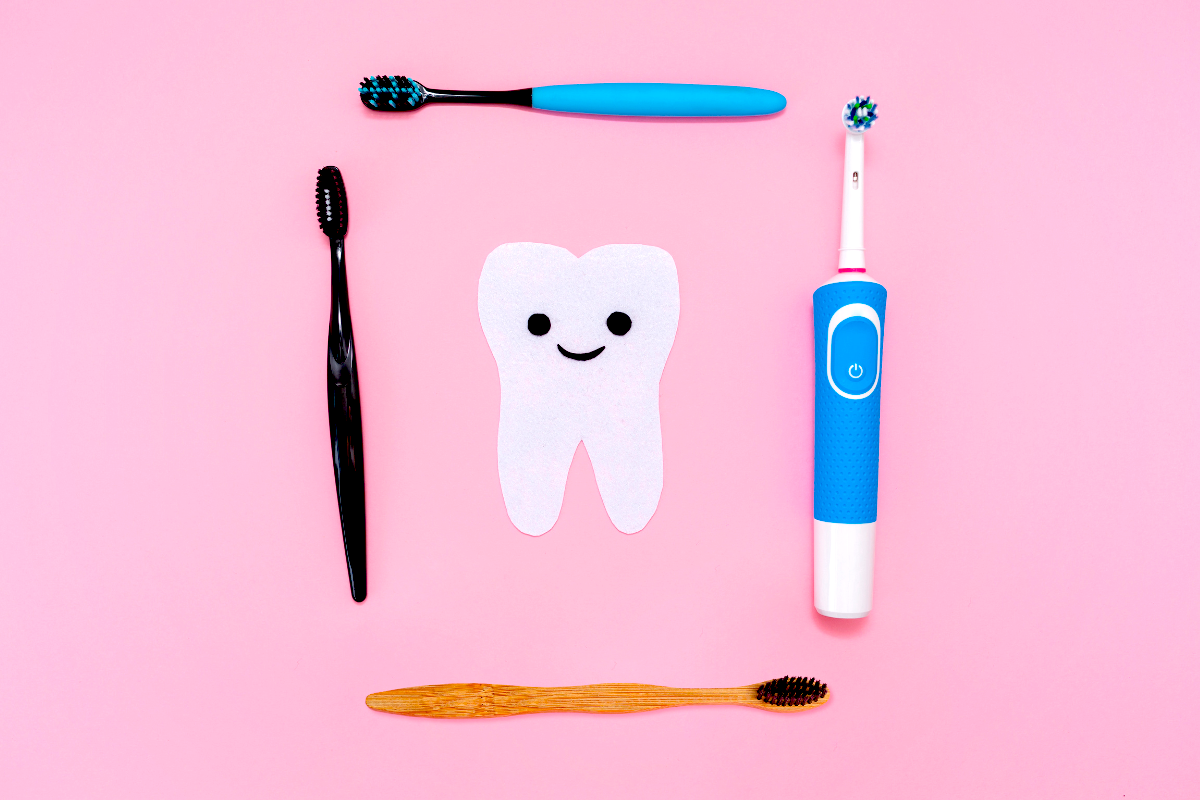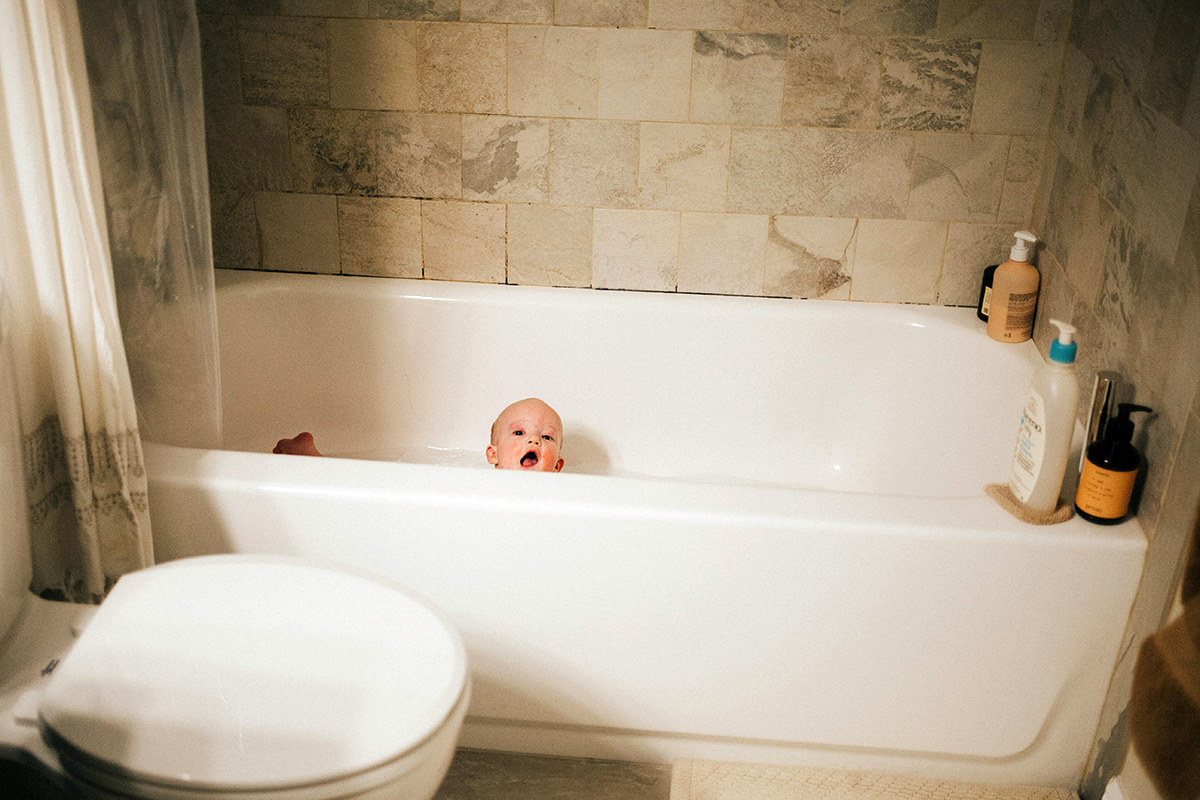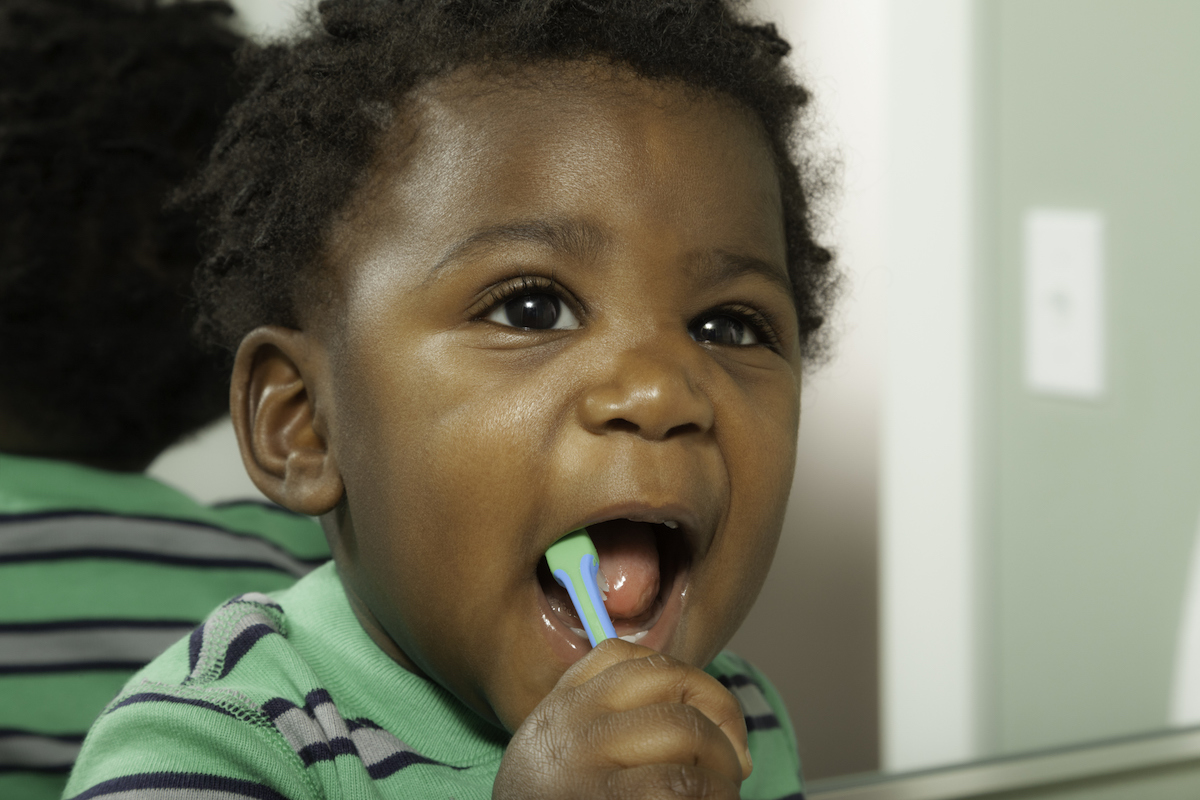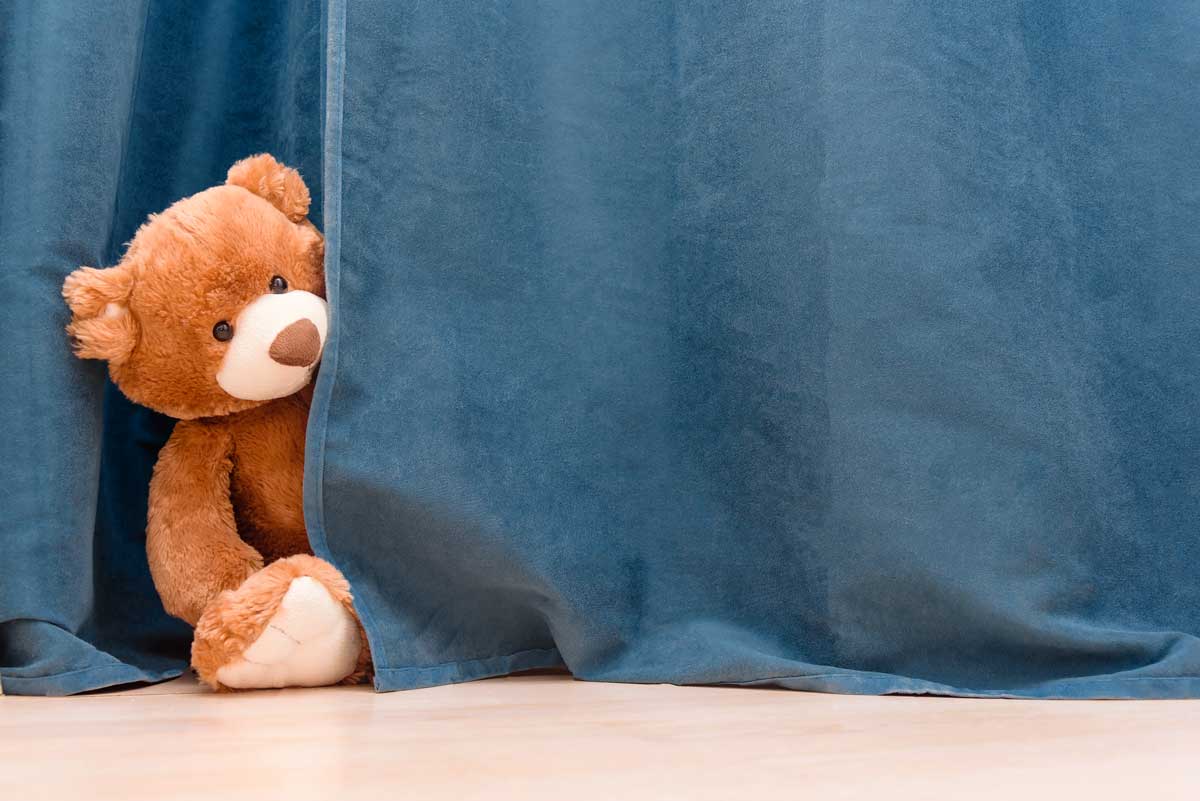As the parent of a 2-year-old who really hates brushing teeth, I worry constantly about dental hygiene. I have tried every suggestion under the sun. There’s only so much quality brushing that can happen under these conditions.
Instagram has peppered my feed with expensive toddler toothbrushes that will allegedly make my problems disappear with the wave of a child-sized, bristled wand. The U-shaped options (which look similar to a retainer) have particularly captured my attention, as reaching the back teeth has become my daily Everest. The only study I could find was shockingly down on this brush, labeling it almost useless against plaque and hardly different from not brushing at all. Are there other studies, perhaps with children involved (this study used adults), that point to a different conclusion? All of the ads promise these brushes are data-backed and dentist-approved!
—Desperate for Dental Help
I, like all parents, hear you. The hope I can offer you from the other side is that I finally have gotten my 10-year-old to brush his teeth well, by allowing him to watch YouTube while he does it. I know you said you tried everything, but have you tried MrBeast? Just think about it… (I’m kidding, don’t — MrBeast is not for your toddler.)

I can see the lure of the Instagram ads — these toothbrushes look so easy. For the uninitiated, this product is basically a mouth-shaped brushing apparatus attached to an adorable animal handle. You shoot some foam-based toothpaste on it, stick it in your kid’s mouth, and either move it around (manual option, $39) or it does it for you (electric toothbrush option, ranging from $59 to $79).
Unfortunately, the data is not compelling. There is the study you cite above, which recruited 22 Italian students and compared the U-shaped toothbrush with other electric toothbrushes, a manual toothbrush, or no brushing. Each participant came to the study four times and had their plaque measured when they arrived and after brushing (they were randomized into different brushing types at each visit).
The results showed that the U-shaped brush was significantly worse than either the electric or the manual toothbrush and also not significantly different than not brushing at all.
This result is corroborated by a second study that evaluated this toothbrush type relative to others, using a set of fake teeth that were dirtied up. The researchers were able to evaluate how much of the dirt was removed by the toothbrush. Relative to the other two toothbrushes, this one was a big failure at removing the dirt-plaque. Consistent with this finding, a randomized trial with dental students showed that the U-shaped toothbrushes were a failure.
So, what do these companies mean by “data-backed”? I looked at the study that is cited on at least one website (you can see it here). This is an internal company study, with a confusing and typo-filled write-up, that purports to show that the auto-toothbrush is 27 times as effective as the manual toothbrush when used on kids. The reason for this large difference is that the manual toothbrushing treatment didn’t seem to work at all here, which is not consistent with what we know about teeth in general. There are not enough details provided to evaluate this beyond saying it is unimpressive.
Bottom line: I’m afraid these products really do not have data backing from reliable published sources. I’m sorry! I guess the best I have for you is YouTube.
Community Guidelines
















Log in